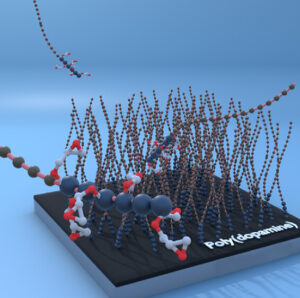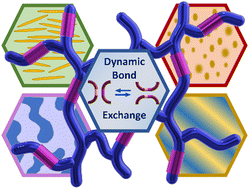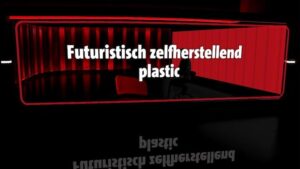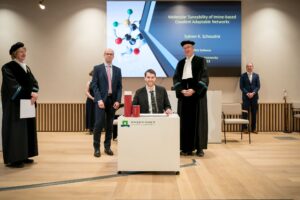This month, Natalia started as PhD student in our group. Her PhD project will focus on polymer materials that contribute to a circular economy. Her position is part of our DynaBranch consortium that consists of partners from Wageningen University, Eindhoven University of Technology, Avans Hogeschool and SABIC as industrial partner/sponsor. Our consortium was awarded a KIC Circularity grant from NWO to develop a program on circular polymers.
The aim of this program is to increase the recyclability of an important class of engineering plastics: polycarbonates. For this, we will (chemically) modify polycarbonates by dynamic-covalent chemistry. These new polymers will be combined with existing polycarbonate (as part of a recycling stream) to achieve (re)processing that is compatible with existing infrastructure.



